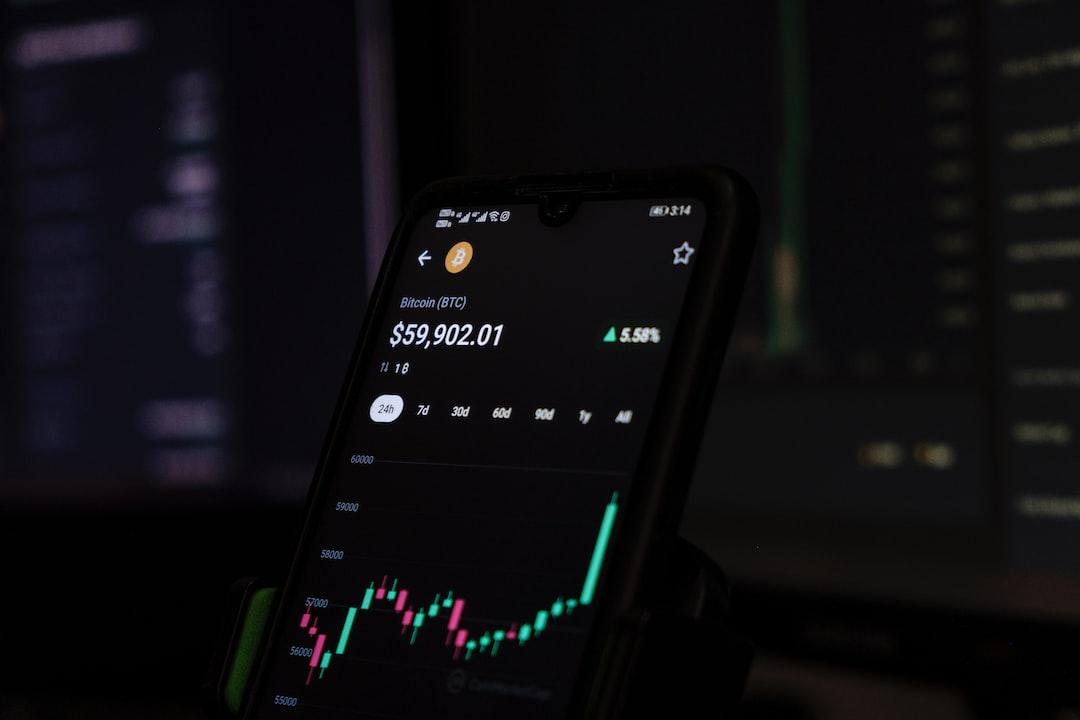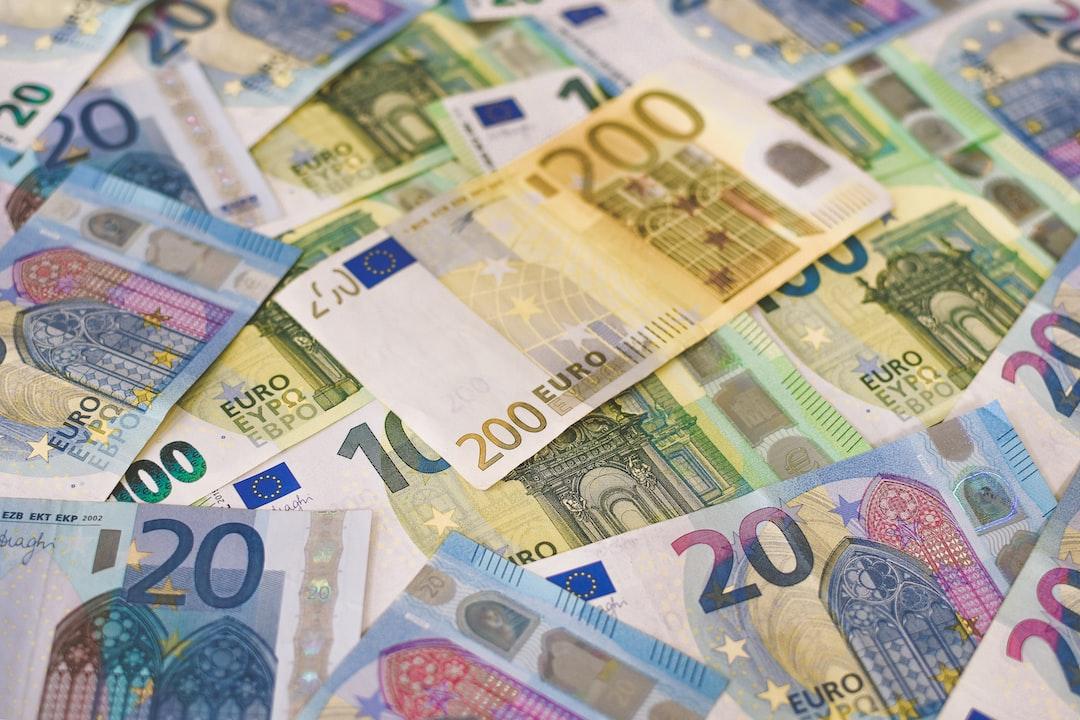Is the Fed’s June Rate Cut a Done Deal?
This article is sourced from SuperEx, organized, translated, and written by the Blockchain in Plain Language team.
(Background recap: The Fed released the minutes from its March meeting: U.S. inflation and risks of economic slowdown; the market expects two more rate cuts this year)
(Context: U.S. March CPI “unexpectedly fell,” increasing the likelihood of a Fed rate cut, but why did Bitcoin and U.S. stocks drop instead of rising?)
Last week, global markets were shocked by the extreme volatility in the U.S. stock market. After a market crash triggered by “reciprocal tariffs” news, the White House announced a 90-day suspension of tariffs on certain countries, leading to a swift market reversal and surge. The Dow Jones Industrial Average surged over 2,900 points, a 7.87% increase — the largest single-day gain since March 25, 2020 — while the S&P 500 rose 9.52%, marking its biggest gain since October 29, 2008, and the Nasdaq index soared 12.16%, recording the second-largest single-day gain in its history.
The “Seven Giants” tech stocks all skyrocketed, with a combined market value surging by $1.85 trillion in just a few hours.
“The U.S. stock market is as volatile as altcoins; the world has become a massive game of pump and dump.” This rhythm feels familiar; indeed — this is the extreme price fluctuation we often see in the altcoin market. Many market analysts couldn’t help but exclaim:
However, the surprises from the U.S. did not stop there. March CPI data came in significantly below expectations: the year-on-year increase was only 2.4%, lower than market forecasts, with a month-on-month decrease of 0.1%. Core CPI was equally disappointing, hitting a four-year low. The unadjusted core CPI year-on-year increase for March was 2.8%, marking a second consecutive month of decline and the lowest level since March 2021, falling short of the market’s expected 3.0%.
These two sets of data not only caught the market off guard but also prompted investors to reassess the Fed’s policy outlook. Market reactions were swift: spot gold initially rose by $6 before retreating; the dollar index dropped 20 points in the short term; and the British pound against the dollar saw its daily gain widen to 1.00%.
In light of this data, many market analysts now believe that a Fed rate cut in June is almost a certainty. Harriet Torry, an economist at The Wall Street Journal, pointed out that under normal circumstances, a slowdown in year-on-year CPI growth would be seen as positive news. This is naturally good news for the crypto market. As the Fed’s benchmark interest rate declines, the crypto market may experience a new round of value reassessment.
Relative Pricing Effect of Low Risk-Free Rates
The yield on the U.S. 10-year Treasury bond has fallen from a 2023 high of 4.8% to 4.28% (with a recent low of 4.18%, followed by a 10 basis point rebound). The decline in returns from traditional fixed-income assets is driving capital toward higher-risk assets.
Taking Bitcoin as an example, its correlation with Treasury yields in 2023 has dropped to -0.73. During a rate-cutting cycle, the opportunity cost of holding crypto assets decreases significantly, enhancing their appeal. According to a Goldman Sachs model, each 25 basis point cut could lead to an increase in Bitcoin’s market capitalization by 6-8%.
Strengthening the “Digital Gold” Narrative
The 90-day correlation between Bitcoin and gold has risen from 0.12 in 2023 to 0.35, peaking at 0.68 during the Silicon Valley Bank crisis. When rate cuts and recession risks occur simultaneously, the hedging value of crypto assets may be reassessed. A report from Grayscale indicates that for every 1% decrease in real interest rates, Bitcoin’s valuation baseline could rise by 15%.
Liquidity Injection from Rate Cuts
Historically, Fed rate-cutting cycles have often been accompanied by widespread increases in asset prices. With increased liquidity and lower capital costs, investor interest in risk assets rises — particularly evident in the crypto market.
As high-volatility, high-risk instruments, crypto assets are highly sensitive to changes in liquidity. When the Fed signals monetary easing, idle capital tends to chase higher returns, and crypto assets with high return potential quickly become the focus.
Economic Logic of Deflationary Tokens
In the context of anticipated fiat currency depreciation, the scarcity premium of fixed-supply cryptocurrencies becomes increasingly prominent. This inherent deflationary characteristic enhances their appeal as a hedge against inflation during rate-cutting cycles.
Catalysts for Institutional Adoption
The rate cut amplifies the “asset drought” phenomenon. Lower interest rates reduce yields in traditional financial markets (such as bonds and money market funds), creating pressure for institutions to reallocate. Long-term investors like insurance companies, pension funds, and family offices may shift some capital toward growth-oriented emerging markets.
As regulatory infrastructures, such as ETFs, custody, and auditing, steadily mature, compliance investment in crypto assets becomes increasingly feasible. In a context of lackluster returns in traditional markets, institutions may incorporate Bitcoin and Ethereum into diversified portfolios.
Crypto ETFs Aligning with the Rate-Cutting Cycle
By the end of 2024, the U.S. is set to approve several spot Bitcoin ETFs, marking a pivotal moment for institutional capital entering the crypto market. If rate cuts coincide with an ETF boom, the dual momentum of institutional inflows and macro liquidity expansion may further magnify the upside potential of the crypto market.
Revival of On-Chain Activity in the Crypto Ecosystem
DeFi Market Revival: During the rate-hiking cycle, DeFi platforms struggled to compete with the low-risk returns of U.S. Treasuries, leading to a decline in Total Value Locked (TVL). As risk-free yields decrease, DeFi returns regain attractiveness, attracting capital back.
Leading protocols like Compound, Aave, and Lido have shown signs of TVL recovery. With stable on-chain borrowing rates and widening stablecoin spreads, capital efficiency is improved — enhancing the liquidity of the DeFi ecosystem.
NFT and GameFi Markets Regain Attention: Rate cuts release capital, reigniting user enthusiasm for high-volatility, high-participation assets like NFTs and GameFi Tokens. Historically, NFT market activity typically lags behind Bitcoin’s rise, exploding in the second phase of a bull market. A Fed rate cut may open new upward space for these application-layer assets.
Conclusion
In summary, the Fed’s rate cut lays a macro foundation for a new upward cycle in the crypto market. From liquidity injections and capital reallocations to institutional entries, on-chain activities, and financing environments — rate cuts provide systemic tailwinds for the crypto industry.
As the Fed opens the liquidity floodgates, crypto assets are evolving from fringe speculative assets to mainstream macro allocation tools. This shift is driven by traditional financial giants and technological breakthroughs, accompanied by a profound market reshuffle and value reconstruction.
Of course, the market will not transform overnight. Regulatory transparency, technological infrastructure, and security challenges still need to be addressed. However, under the dual engines of “monetary easing + asset innovation,” the crypto market may usher in a new structural uptrend in the coming year. For investors and builders, understanding policy cycles and market rhythms will be key to navigating bull and bear markets.



